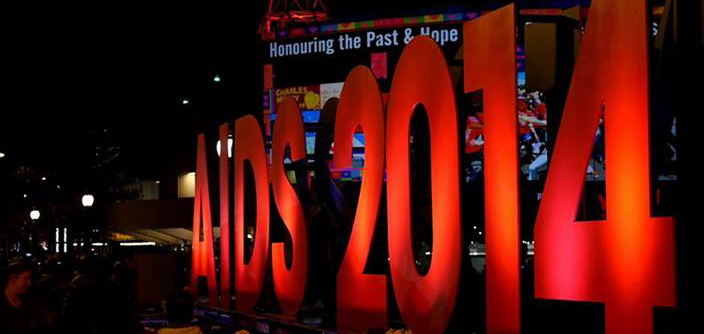Stepping Up The Pace – AIDS2014

The 20th International AIDS Conference, AIDS2014, was recently concluded in Melbourne Australia having been attended by 13,600 delegates from more than 190 countries.
Its program brought together representatives of science, civil society, politics and the private sector to discuss topics that ranged from the most cutting-edge scientific findings through to policy development and implementation. Notable speakers included former US president Bill Clinton, founder of the Clinton Foundation, Michel Sidibé, UNAIDS executive director and Sir Bob Geldorf, artist and activist.
International Attention
The conference, already the world’s preeminent gathering on the topic, gained further international attention shortly before its inauguration when Malaysian Airlines’ flight MH17 was shot down in Ukraine, while it was en-route from Amsterdam to Kuala Lumpur, killing all on board. Among the dead were former International AIDS Society president Joep Lange and five other AIDS experts and activists who were on the way to the conference. The delegates lost in this tragedy were remembered with a moment of silence during the opening ceremony and their work was often mentioned in sessions throughout the week.
Working Together
While moods during the conference were sombre, delegates worked towards their mandate to affect advancement in the world’s response to AIDS. As professor Françoise Barré-Sinoussi, AIDS 2014 international chair and president of the International AIDS Society (IAS) stated, “It is only with an open and collaborative dialogue that we can advance in the response to HIV and to other health threats”. The overriding tenor of the conference was the need to ‘step up the pace’ in terms of delivering universal access to treatment, care and prevention, not only for HIV but for other health issues such as Hepatitis C and HIV co-infection as well. This included several discussions on the need to decriminalise key populations such as gay men and people who inject drugs, as well as increase the funding that is available.
As can be expected from meetings of such passionate advocates and activists, many differing opinions were voiced on the appropriate strategy to fight for further prevention and treatment of AIDS across all borders and demographics. Michel Sidibé called for the end of AIDS by 2030, using the target of 90% of people tested, 90% of people living with HIV on treatment and 90% of people on treatment with suppressed viral loads by 2020, the so-called 90-90-90. While this target would mean that 73% of people living with HIV would have fully suppressed viral loads by 2020, some activists did not find it ambitious enough and instead called for a 100% undetectable viral load by 2020. In another instance, Bill Clinton’s speech was interrupted by advocates of the “Robin Hood tax”.
Delegates interacted in sessions that included abstract-driven presentations, symposia and bridging, as well as plenary sessions, which were used to present new scientific knowledge and facilitate dialogue on issues that face the global HIV response. Besides these more formal interactions, the AIDS2014 Global Village & Youth Programme provided space for community representatives from all over the world to meet, share and learn from each other and was open to the general public free of charge.
The 21st International AIDS Conference (AIDS 2016) will be held in Durban, South Africa in July 2016.
Craig Beyerinck is an intern at the Australian Institute of International Affairs National Office. He can be reached at intern4@20.185.176.227.


